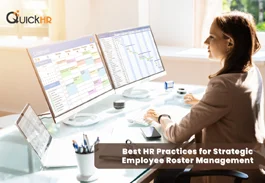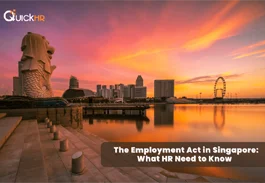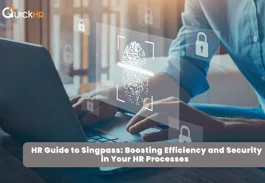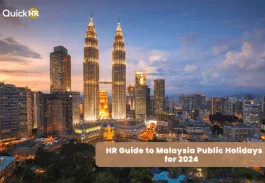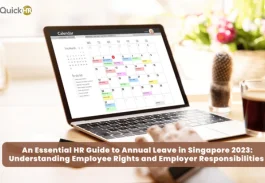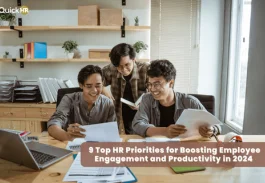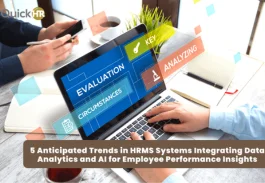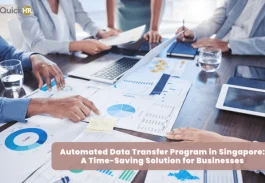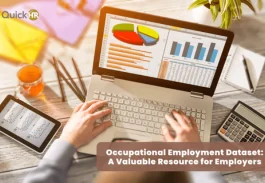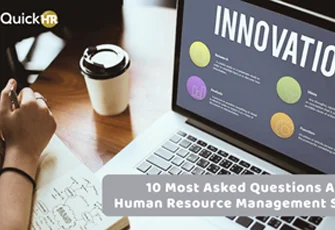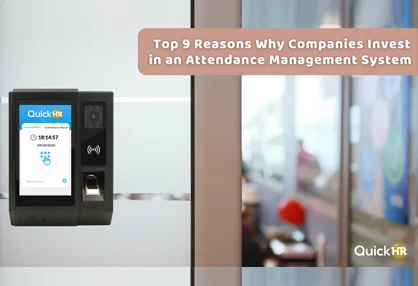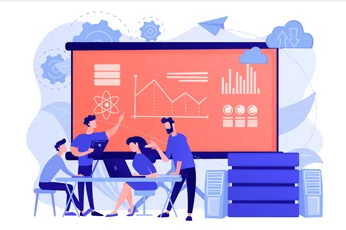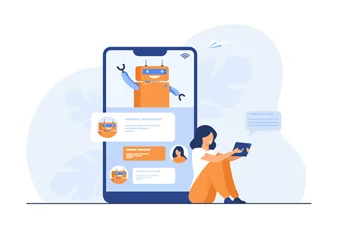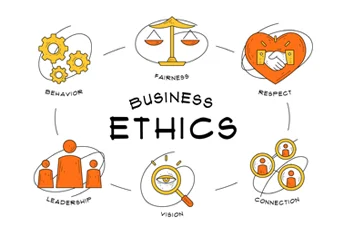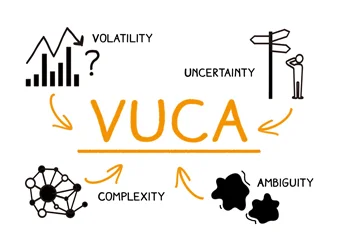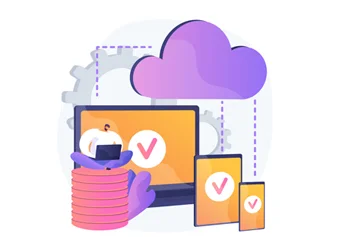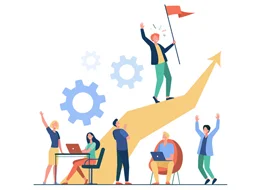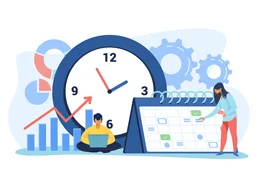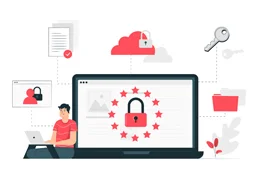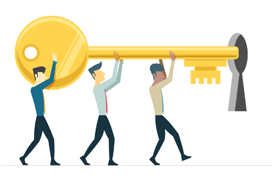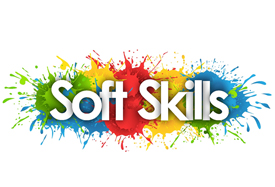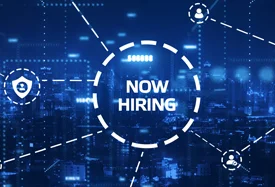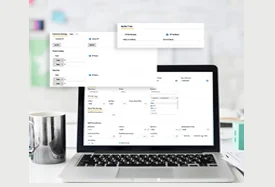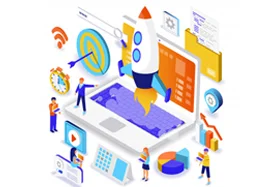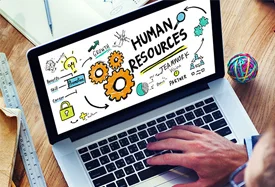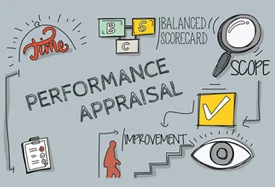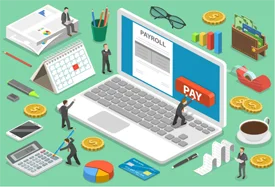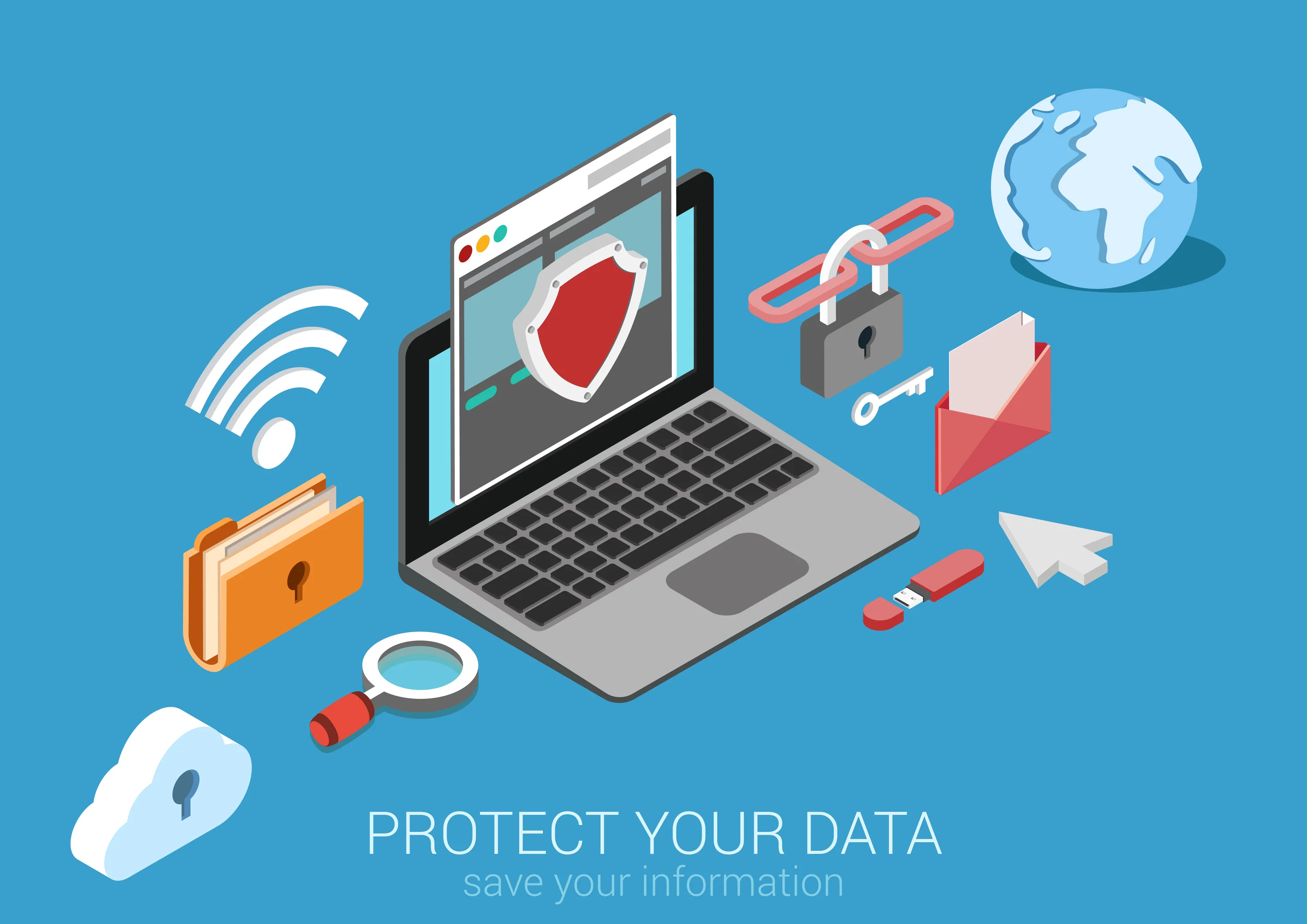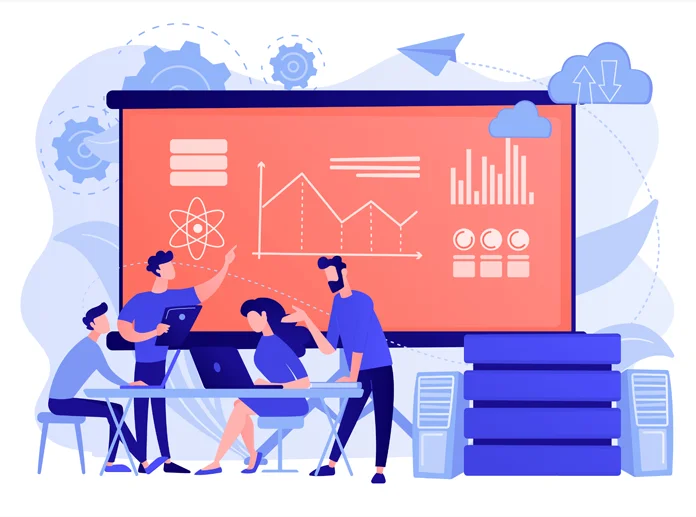
Big Data: The New Age of HR
Posted on 28 May 2021 in Business | Gabriel Chua
The Age of Big Data
Our current world is dominated by the tremendous amount of data created through the internet. Humans generate a jaw-dropping 2.5 quintillion bytes of data on a daily basis and thus, the term "Big Data" was coined. It exists in and is created across all industries. It is no longer confined to industries that traditionally deal with numbers and statistics
such as financial institutions. “Big Data” even exists in seemingly unrelated fields such as sports and recreation. Data such as how many touches of a football is required before a team scores a goal,how long is a rally before the shuttlecock lands is all created and has potential to influence important decisions. Your own company likely generates such large amounts of data on a daily basis, however, are you fully utilising the potential of this data? By aggregating these pieces of information, it could reveal undiscovered trends which will help determine how efficient your business really is. It is no surprise then that roles in Data Science are among the Top 15 emerging jobs in Singapore as reported in the LinkedIn 2020 Emerging Jobs Report Singapore.
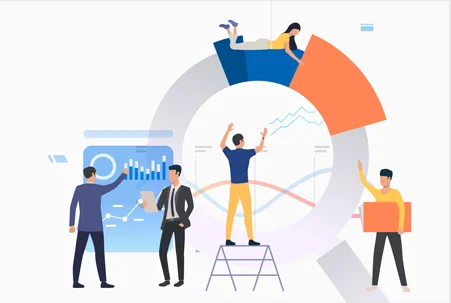
Two Peas in a Pod: Data & HR
In the realms of HR, almost every and any detail regarding employees can be considered data. HR have access to huge amounts of sensitive data, that when utilised properly can improve recruitment processes, reduce turnover, boost workplace productivity and even bring about a sustained improvement in employee engagement.
What time people clock in, how long they take breaks for, employee satisfaction levels, all those tiny bits of details and more can be delved further into for a concretisation of insights. This is essentially what the Bank of America realised. The management staff utilised the people analytics
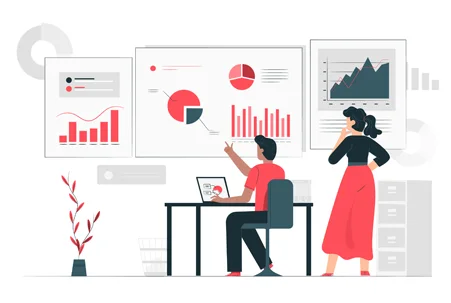
software provider, Humanyze, to monitor and track their employees. After a while, it came to their attention that their most productive employees took collective breaks, which granted them the luxury of venting their frustrations in unison and sharing with one another on the best approaches how frustrated customers ought to be handled
The result? The Bank of America started to implement collective breaks for a wider range of their employees. Consequently, employee engagement levels saw a rise via an increase of 23% in workplace performance and a fall by 19% in stress levels.
Data allows us to gain insight into people and their behavioural patterns and combining data in the realms of HR enables workflows and processes to be streamlined for the holistic benefit of companies.
Leadership & Management of Data
With such technology now available, there still exists a further need for proper leadership and a proactive management of data. With personal information collected from them, employees might feel a sense of discomfort about how such data might be manipulated and utilised. How can managers grapple with the ethical issue of personal privacy to ensure strict confidentiality?
In such times, managers may be thrusted into leadership roles, where they no longer just delegate, but also become the pioneers in implementing new policies and processes. So, if HR are to start digitising details such as attendance, managers will have to be the first adopters, where their information is collected before those of their subordinates. In doing so, they would be able to instil a culture of open communication, honesty and integrity to ensure that there will be no misuse of data for prim and proper analytical usage.
The Way Forward
The amount of data generated will continue to rise with the exponential growth of technology. To leverage upon such a trend, there is a need to digitise as much information as possible to adapt with changing times. HR and top management will continue to have to work out a balance between analysing the valuable data available, and ethical usage to still honour employees’ privacy.
Speaking of digitising, it is essential to ensure all your data is protected even against the growing risk of cyber threats. That’s why all systems that you employ should be ISO 27001 and MTCS SS 584:2015 (Level 2) certified. Why? Because these are hallmarks of the most robust systems available, proof that such systems have overcome hundreds of security controls to be deemed secured against any unforeseen circumstances amidst an age of a high number of cyber-crimes.
Thankfully, that’s just what QuickHR provides. With tracking capabilities embedded across all our HRMS modules pertaining to Human Asset Management, Workforce Management and Human Capital Development, as well as being ISO 27001 and MTCS SS 584:2015 (Level 2) certified, you will be enabled to succeed amidst an age of digitisation to streamline and empower your workforce through a focus on people analytics of data with no compromise of security standards.
Once again, we hope that you've enjoyed a good read. And remember, Think Now, Think Far, Think QuickHR.
* Get in touch with us at quickhr.co/contact-us to find out more about our state-of-the-art HRMS solution!
Enjoying this article? Subscribe now and never miss out on future content.

